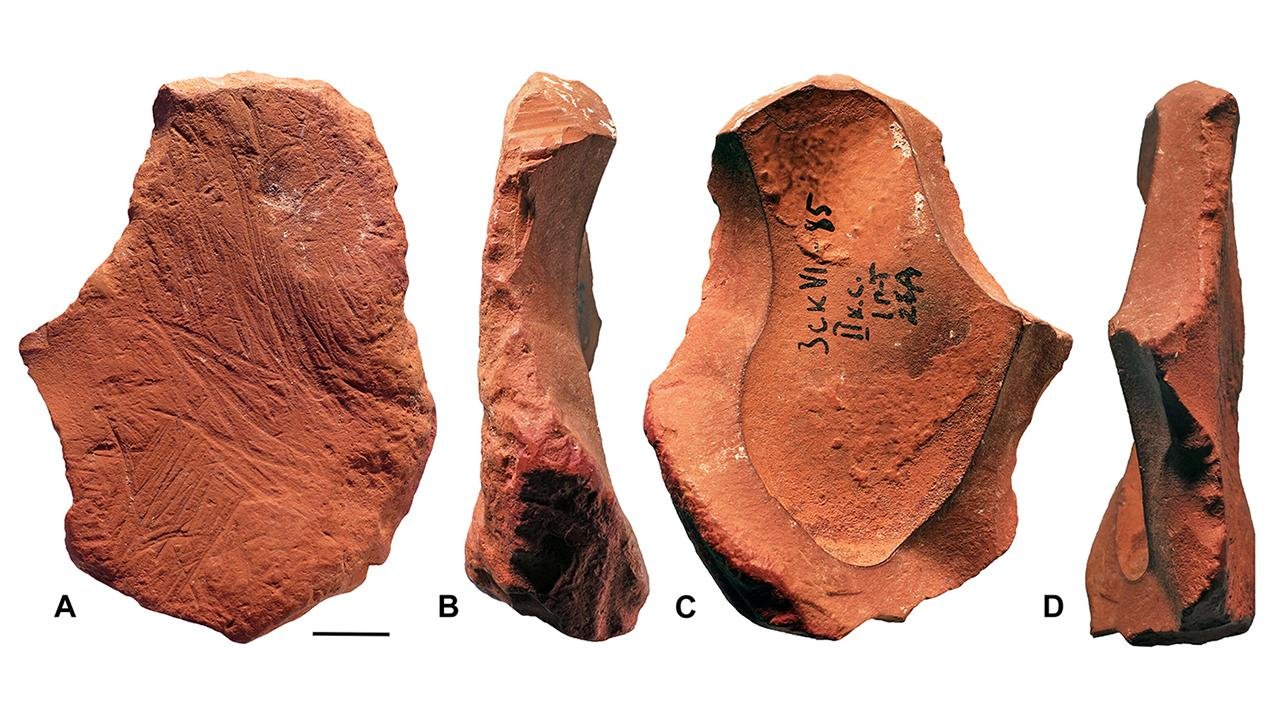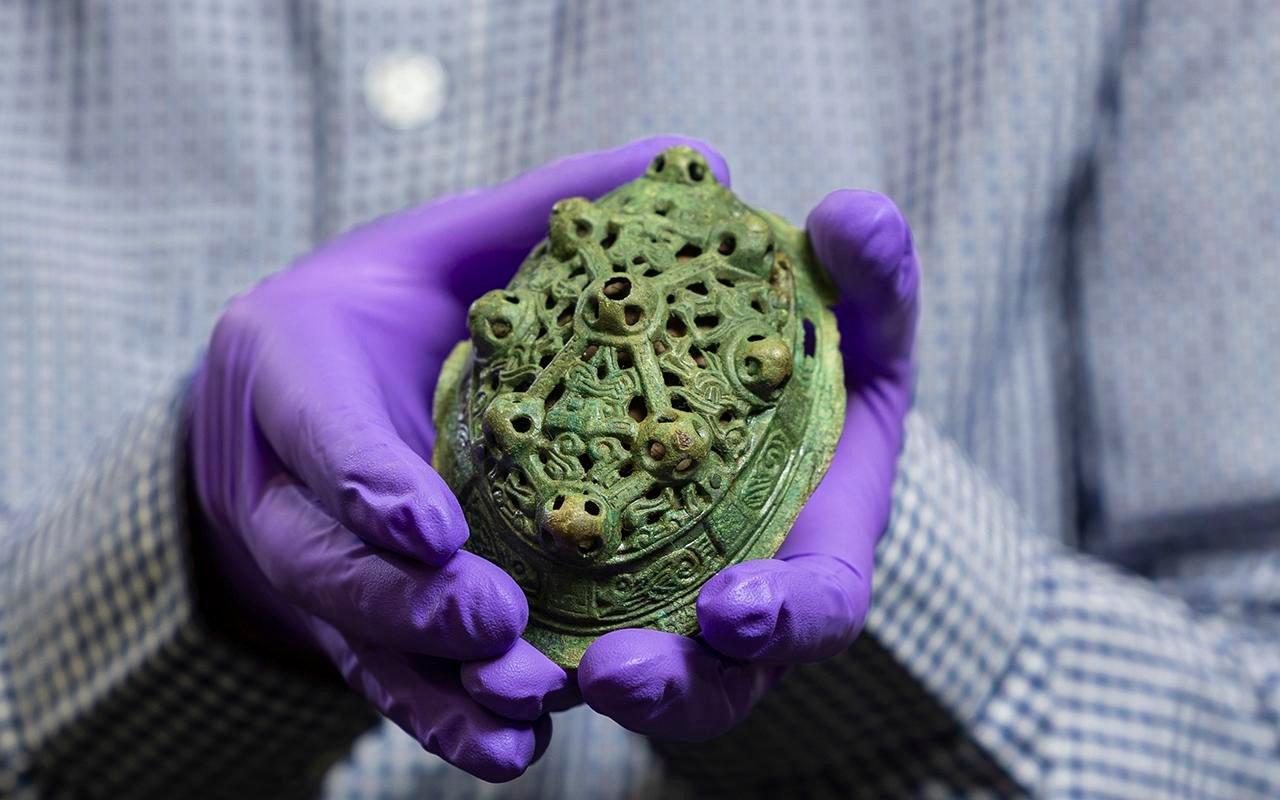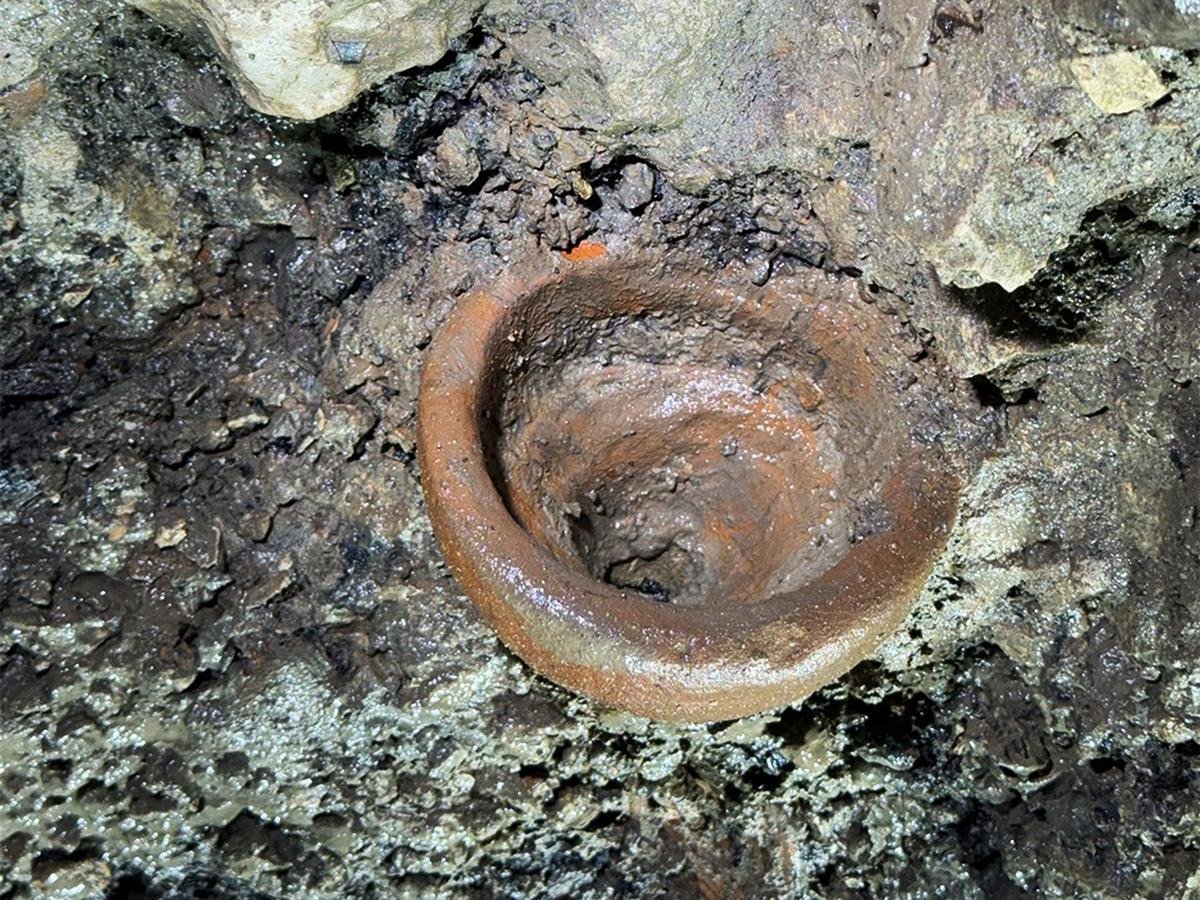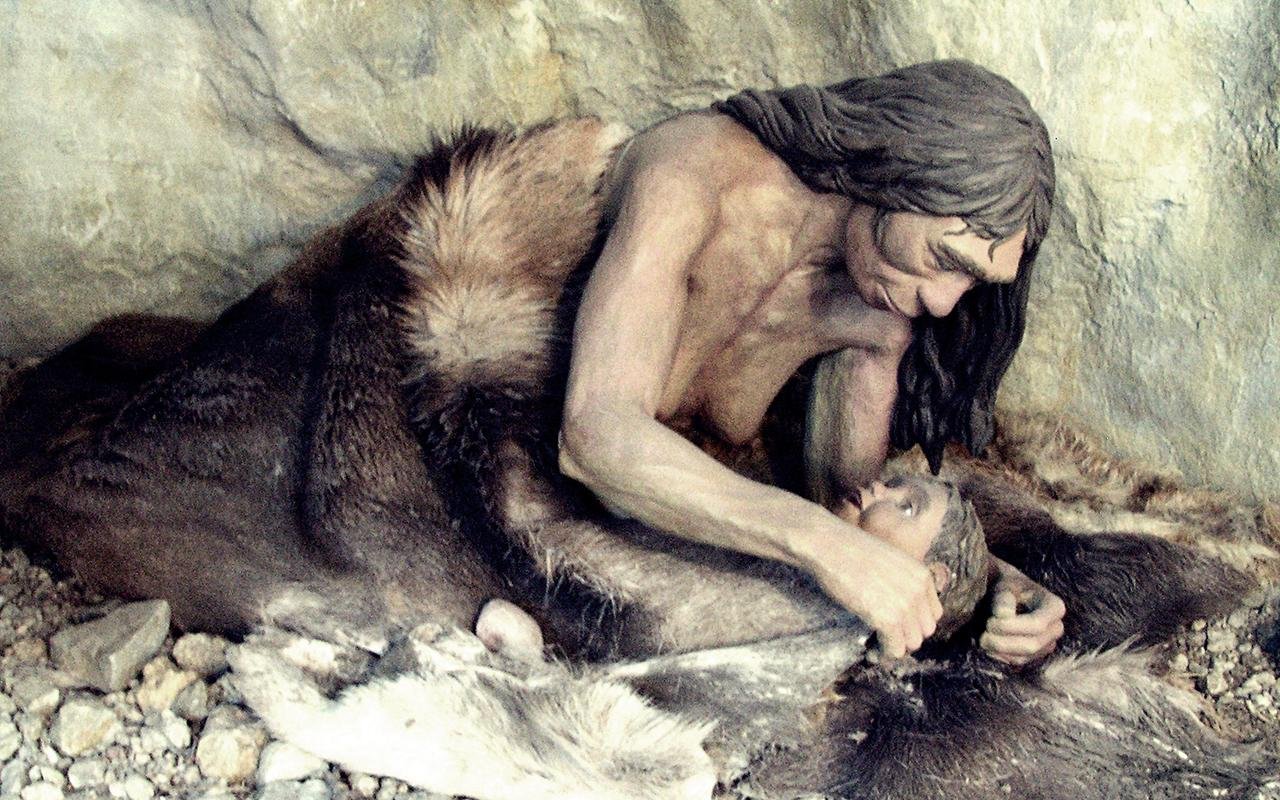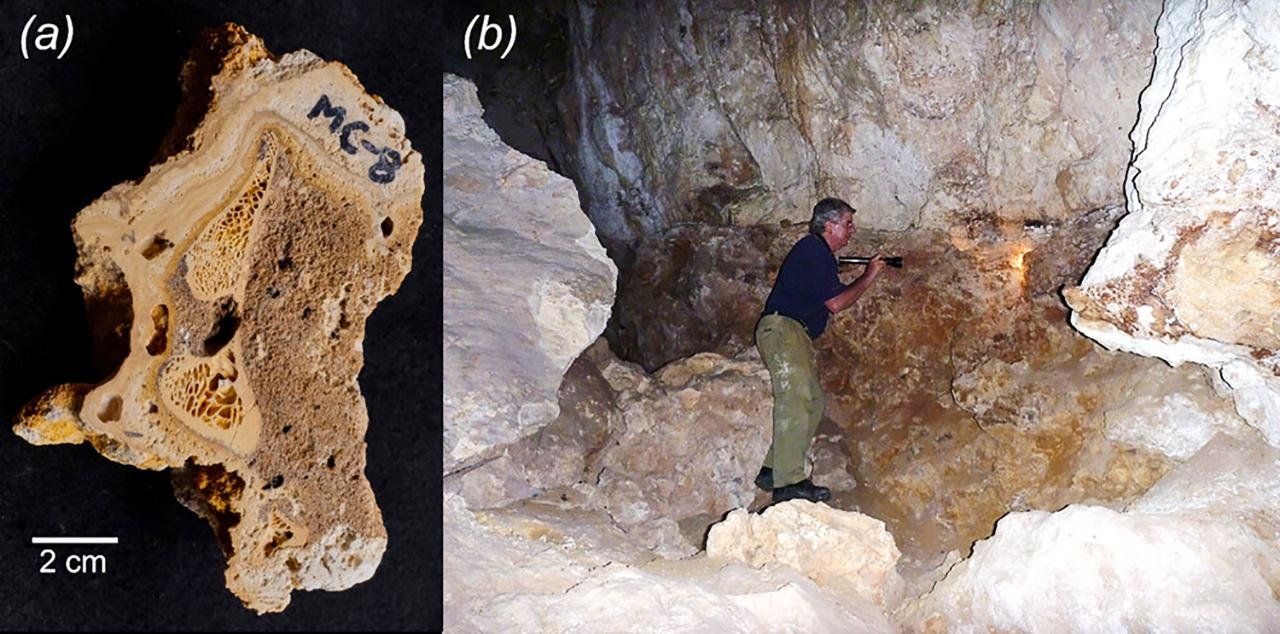During excavations at the ancient Maya city of Palenque in Mexico, archaeologists from the National Insтιтute of Anthropology and History (INAH) uncovered a finely carved nose ornament made from human bone.
 The Mayan site of Palenque. Credit: Dennis G. Jarvis / CC BY-SA 2.0
The Mayan site of Palenque. Credit: Dennis G. Jarvis / CC BY-SA 2.0
Located near the Usumacinta River in Chiapas, the archaeological zone of Palenque—known as Lakamha in the Itza language—was the site of the discovery. The excavation took place in House C, part of the palace complex built by the esteemed Mayan ruler Pakal the Great.
The nose ornament, crafted from a section of the distal tibia—a human leg bone that forms part of the ankle—measures slightly more than 6 centimeters in length and 5 centimeters in width. Dating back over 1,100 years, the piece belongs to the Late Classic period (CE 600–850).
Engraved with ceremonial symbols, the artifact reveals spiritual themes central to the Maya worldview. At its center, a profile of a man wearing a headdress and beaded necklace is etched into the surface. His arm bears a glyph representing “darkness” or “night,” and he appears alongside a skull while clutching a bundle—iconography often linked to Maya funerary rituals.
Researchers believe this ornament was used in religious ceremonies where wearers embodied K’awiil, the deity of lightning, serpents, maize, and fertility. The ornament would have been worn over the bridge of the nose, extending from the forehead to the tip, resembling the elongated head of K’awiil—who was frequently portrayed as an ear of corn, a central motif in Maya symbolism.
The artifact was found in a ritual deposit, which also contained plant seeds, animal bones, obsidian blades, bone tool fragments, and pieces of charcoal. The dark, charcoal-rich soil surrounding the objects indicated the sacred nature of the deposit and its ceremonial purpose.
According to Arnoldo González Cruz, director of the Palenque Archaeological Project (PAP), the ornament stands out for its refined craftsmanship, especially given the limited surface area available for detailed carving. The precision of the lines and the intricacy of the design reflect the artisanship of Maya craftsmen.
Nose ornaments like this one were typically reserved for the upper echelons of society. Fashioned from valuable materials including bone, jade, and metal, such pieces denoted religious authority, political influence, or social rank. These items played vital roles in ceremonial contexts, reinforcing the elite’s perceived link to divine forces and the cosmic order.
